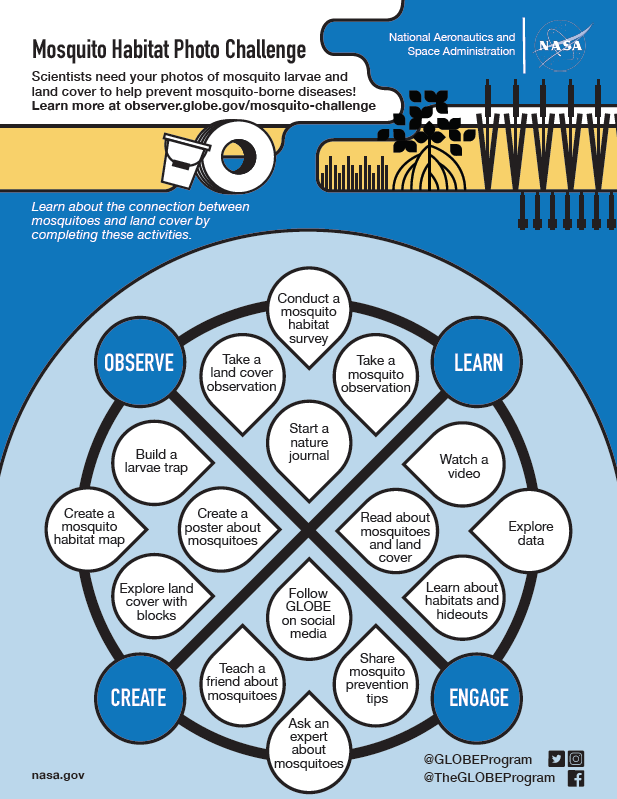GLOBE News
Join the GLOBE Mosquito Habitat Photo Challenge: 25 July-25 August
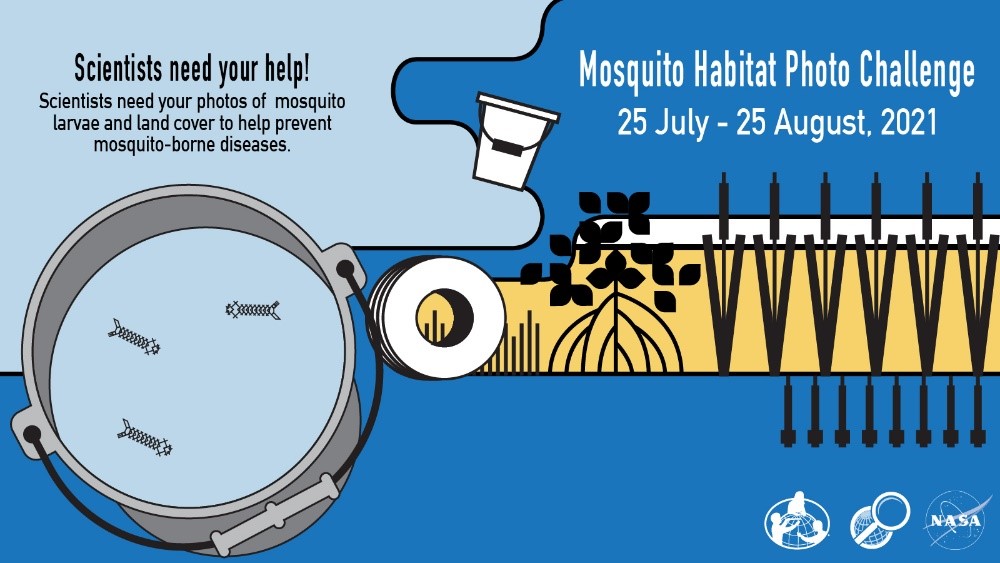
The GLOBE Program invites you to take part in our latest challenge, the Mosquito Habitat Photo Challenge, which will take place from 25 July through 25 August.
Several research teams have recently been funded to develop ways to use artificial intelligence (AI) to identify mosquito larvae and the environments they prefer. To do that, scientists need tens of thousands of photos of mosquito larvae and their habitats to train, validate, and test predictive models developed using machine learning.
To help give scientists the photos they need to reach their goals, GLOBE Observer is hosting the Mosquito Habitat Photo Challenge (July 25 – August 25, 2021)[AB1] . During the challenge, the public is encouraged to take observations of mosquito habitats and any larvae found, then photograph the land cover surrounding the identified habitat. Photos that you upload using the Mosquito Habitat Mapper and Land Cover tools within the GLOBE Observer app will contribute to the cutting edge of computational science research.
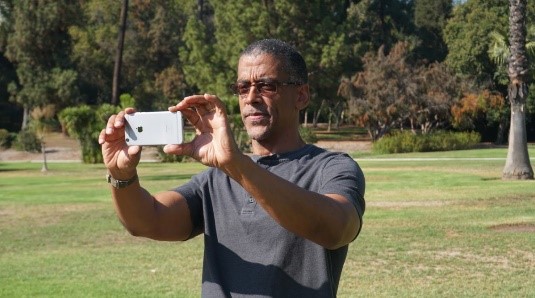
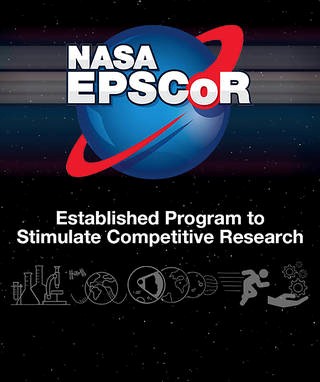
Interested researchers from NASA’s Established Program to Stimulate Competitive Research (EPSCoR) include teams from the University of Vermont, the University of Wyoming, New Mexico State University, and the University of Puerto Rico. They will be conducting collaborative research through Goddard’s AI Center for Excellence and will be using your land cover and mosquito habitat photos to develop automated image recognition systems. Another project, funded by the National Science Foundation (NSF), is focusing on the development of automated image recognition systems to identify mosquito species that are vectors of diseases (http://mosquitoAI.org). In this project, Dr. Ryan Carney and Dr. Sriram Chellappan from the University of South Florida will analyze mosquito larvae photos submitted through the GLOBE Observer app’s Mosquito Habitat Mapper tool.
“The most important thing is that as much of the larva’s anatomy as possible is in focus,” suggests Dr. Carney. Detailed instructions and tips on how to take useful photos can be found in GLOBE Observer’s latest science blog, “Machine Learning and Your Citizen Science Data.”
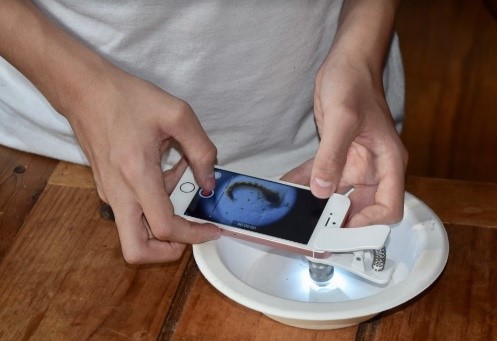
To participate in the larvae photograph part of the challenge, you will need to obtain a clip-on microscope or magnifier (with 60x or better magnification) for the camera on your smartphone or tablet. While magnified larvae photos are optional, they are the most critical data collected during this challenge. However, all observations are welcome and appreciated, with or without larvae photos. Even if larvae are not present, habitat and land cover photos (from all GLOBE countries) does contribute valuable data.
Besides taking and submitting observations, there are a variety of ways the public can learn, create and engage during the challenge period. View our Challenge Activity Tracker[AB1] to see suggestions for activities to participate beyond collecting data. To learn more about the challenge and the research it supports, please join us for a free webinar on 8 July at 2 p.m. ET. An archived recording of the webinar will be available on the challenge web page[KHA(6SAAI2] [WKL(6SAAI3] after the event.
More information can be found on the Mosquito Habitat Photo Challenge[AB4] page of the GLOBE Observer website. The team will also post regular updates on The GLOBE Program’s Facebook, Twitter and Instagram accounts.
